In the 21st century, sustainability is no longer just a buzzword but a crucial element of business strategy. Companies are increasingly recognizing that sustainable practices can lead to long-term profitability, enhanced brand reputation, and a positive societal impact.
Building a sustainable business model involves integrating environmental, social, and economic considerations into core operations. This article explores key components and strategies for creating a sustainable business model for the future.
Contents
- 1 1. Understanding Sustainability in Business
- 2 2. Developing a Clear Vision and Mission
- 3 3. Integrating Sustainability into Core Operations
- 4 4. Leveraging Technology for Sustainability
- 5 5. Fostering a Culture of Sustainability
- 6 6. Measuring and Reporting Sustainability Performance
- 7 7. Engaging with Stakeholders
- 8 8. Innovating for Sustainability
- 9 9. Adopting Circular Economy Principles
- 10 10. Preparing for Regulatory Changes
- 11 Conclusion
1. Understanding Sustainability in Business
Sustainability in business refers to conducting operations in a manner that ensures long-term environmental, social, and economic health. It involves balancing profit-making with protecting the planet and ensuring social equity.
Key Components:
- Environmental Sustainability: Reducing the ecological footprint through resource efficiency, waste reduction, and sustainable sourcing.
- Social Sustainability: Ensuring fair labor practices, community engagement, and promoting diversity and inclusion.
- Economic Sustainability: Creating business strategies that ensure long-term profitability and economic viability.
2. Developing a Clear Vision and Mission
A sustainable business model starts with a clear vision and mission that align with sustainability principles. This vision should guide all strategic decisions and operational practices.
Steps to Develop a Sustainable Vision:
- Assess Current Impact: Evaluate the environmental and social impacts of current operations.
- Engage Stakeholders: Involve employees, customers, suppliers, and the community in defining sustainability goals.
- Set Measurable Objectives: Establish clear, achievable sustainability targets and timelines.
3. Integrating Sustainability into Core Operations
For a business to be genuinely sustainable, sustainability must be woven into the fabric of its operations, from supply chain management to product development.
Strategies:
- Sustainable Supply Chain: Source raw materials responsibly, ensure ethical labor practices, and reduce transportation emissions.
- Eco-Friendly Product Design: Develop products with a reduced environmental impact, focusing on recyclability and resource efficiency.
- Energy Efficiency: Implement energy-saving measures in production processes and office operations.
4. Leveraging Technology for Sustainability
Technological advancements offer powerful tools for enhancing sustainability. From digital platforms that streamline operations to innovations in renewable energy, technology can drive significant improvements.
Technological Solutions:
- Renewable Energy: Invest in solar, wind, or other renewable energy sources to power operations.
- Smart Manufacturing: Use IoT and AI to optimize production processes, reduce waste, and improve efficiency.
- Digital Platforms: Utilize software for resource management, reducing paper use, and enhancing remote work capabilities.
5. Fostering a Culture of Sustainability
Creating a sustainable business model requires cultivating a culture of sustainability within the organization. This involves educating and engaging employees at all levels.
Steps to Foster Sustainability Culture:
- Training and Education: Provide regular training on sustainability practices and their importance.
- Employee Engagement: Encourage employees to participate in sustainability initiatives and reward innovative ideas.
- Leadership Commitment: Ensure top management demonstrates a commitment to sustainability through actions and policies.
6. Measuring and Reporting Sustainability Performance
Transparency and accountability are vital for a sustainable business model. Regularly measuring and reporting sustainability performance helps track progress and build trust with stakeholders.
Measurement and Reporting:
- Sustainability Metrics: Use key performance indicators (KPIs) such as carbon footprint, water usage, and waste reduction to measure performance.
- Sustainability Reporting: Publish regular sustainability reports detailing achievements, challenges, and future goals.
- Third-Party Audits: Engage independent auditors to verify sustainability claims and enhance credibility.
7. Engaging with Stakeholders
Sustainability is a collaborative effort that involves engaging with various stakeholders, including customers, suppliers, investors, and the community.
Stakeholder Engagement Strategies:
- Customer Communication: Educate customers about sustainable products and practices, and encourage sustainable consumption.
- Supplier Partnerships: Work closely with suppliers to ensure they adhere to sustainability standards.
- Community Involvement: Participate in community initiatives and contribute to local development projects.
8. Innovating for Sustainability
Innovation is key to staying ahead in the sustainability game. Continuously seeking new ways to reduce environmental impact and enhance social equity can drive long-term success.
Innovation Approaches:
- Circular Economy: Develop business models that promote recycling, reuse, and reduction of waste.
- Sustainable Products: Invest in research and development to create innovative products that meet sustainability criteria.
- Green Finance: Explore sustainable finance options, such as green bonds and impact investing, to fund sustainability projects.
9. Adopting Circular Economy Principles
The circular economy is a regenerative approach that aims to keep products, components, and materials at their highest utility and value at all times. Adopting circular economy principles can significantly enhance a business’s sustainability.
Key Practices:
- Design for Longevity: Create products that are durable and can be easily repaired or upgraded.
- Resource Recovery: Implement systems for reclaiming and recycling materials at the end of a product’s life.
- Collaborative Consumption: Promote sharing, leasing, and product-as-a-service models to reduce waste.
10. Preparing for Regulatory Changes
Governments worldwide are introducing stricter environmental regulations and sustainability standards. Staying ahead of regulatory changes can ensure compliance and avoid potential penalties.
Steps to Stay Compliant:
- Monitor Legislation: Keep abreast of relevant sustainability regulations and industry standards.
- Proactive Compliance: Implement practices that not only meet but exceed regulatory requirements.
- Advocacy and Participation: Engage in policy discussions and advocate for supportive sustainability legislation.
Conclusion
Building a sustainable business model for the future is not only about protecting the environment but also about creating long-term value for all stakeholders. By integrating sustainability into the core of their operations, companies can achieve economic success while contributing to a better world.
This holistic approach ensures that businesses are resilient, competitive, and prepared for the challenges and opportunities of the 21st century. Embracing sustainable practices today will lead to a prosperous and sustainable future for businesses and society as a whole.










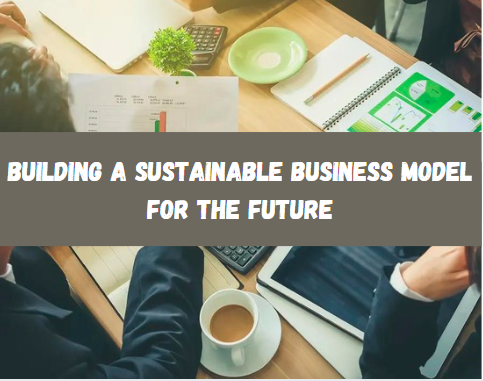

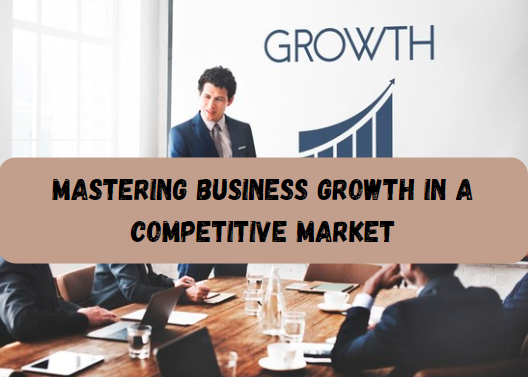
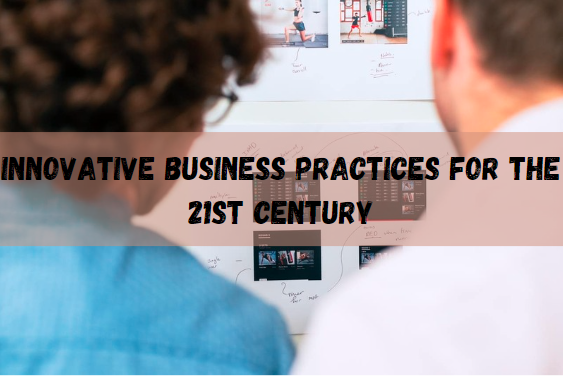



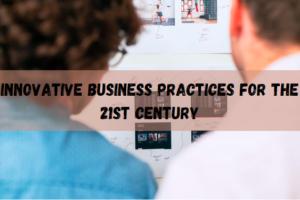
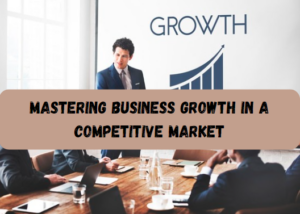





+ There are no comments
Add yours